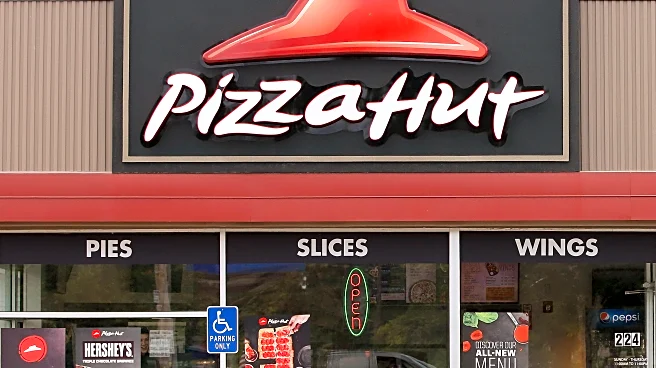What's Happening?
Hooters Inc., led by its original owners, along with Hoot Owls Restaurants, has reacquired the Hooters brand, now operating 140 of the chain's 198 U.S. restaurants. This acquisition follows the bankruptcy
of the previous parent company, Hooters of America, which faced financial challenges due to inflation, rising costs, and a burdensome capital structure. The new ownership aims to return Hooters to its original community-focused model, emphasizing family-friendly environments and local partnerships. Plans include restaurant upgrades, menu simplifications, and a return to classic dishes and uniforms, reflecting the brand's heritage.
Why It's Important?
The reacquisition marks a significant shift in Hooters' business strategy, aiming to restore the brand's original appeal and strengthen its community ties. This move could enhance customer loyalty and drive sales, particularly in regions where Hooters has a strong presence. By focusing on local partnerships and community engagement, the brand may attract a broader demographic, potentially increasing its market share. The restructuring also reflects broader trends in the restaurant industry, where brands are increasingly prioritizing customer experience and community involvement to differentiate themselves in a competitive market.
What's Next?
The new owners plan to implement restaurant upgrades and menu changes, focusing on quality and simplicity. They aim to rebuild trust with customers and communities, potentially leading to increased foot traffic and sales. The brand's shift towards community engagement may involve sponsorships and local initiatives, fostering stronger relationships with surrounding neighborhoods. As the restructuring progresses, Hooters will likely monitor customer feedback and adjust its strategies to ensure alignment with its revitalized vision.
Beyond the Headlines
The acquisition highlights the challenges faced by legacy brands in adapting to changing consumer preferences and economic pressures. Hooters' focus on community and family-friendly environments reflects a broader industry trend towards inclusivity and customer-centric experiences. The brand's efforts to simplify its menu and return to classic offerings may resonate with consumers seeking authenticity and nostalgia. This strategic shift could serve as a model for other brands looking to revitalize their image and strengthen community ties.













